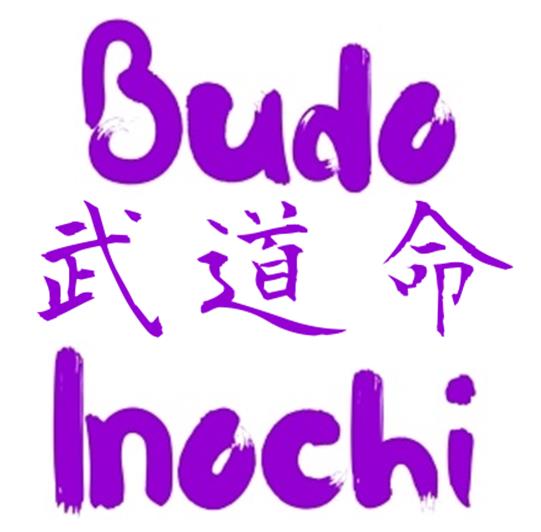The Zen Way to the Martial Arts – A Japanese Master Reveals the Secrets of the Samurai
By Taisen Deshimaru (1982) Translated by Nancy Amphoux
Published by Rider & Company
Taisen Deshimaru (1914 – 1982) was a Japanese Sōtō Zen Buddhist teacher, who played a major role in spreading the influence of Zen in the West.
The Zen Way to the Martial Arts aims to “provide practical wisdom for all students of the martial arts – kendo, aikido, iaido, judo or archery”. It’s a fairly short book (120 pages), but very rich in ideas, metaphors and stories. Here are a few of the most interesting themes . . .
Can we achieve both strength and wisdom at once? Deshimaru believes that we can; and there are two ways (Dō) to achieve this. One is through practising martial arts techniques (waza); and the other is through practising zazen (literally seated meditation).
Deshimaru also explores the theme of Bunbu ryōdō 文武両道 – “the Way of both the sword and the pen”. This was the Samurai ideal of mastering both the martial arts (strength), and also the cultural arts (wisdom). For Deshimaru,
Bunbu ryōdō is also a Way to develop and integrate both our male and female sides, and achieve wholeness.
Two levels of consciousness
Deshimaru explains that we are conscious on two levels. The first is our own personal consciousness. The second is the interdependent consciousness of the universe (Kū).
He believes that the autonomic nervous system (responsible for functions outside of our voluntary control, such as internal organs and glands) is effectively the body “thinking” in the same way as the mind does. And we can activate this system through zazen, to access the universal consciousness.
The place or portal where these two worlds (the life of the universe and the life of the individual) meet is characterised by sexual energy.
Going beyond technique
Deshimaru also explains that while we live the physical world through our cerebrospinal system and senses, the universal consciousness is something that lives us, via our autonomic nervous system and sexual organs. He describes this as a kind of channeling of Kū, giving the example of a skilled musician who transcends his technique, and simply lets the universe play through him.
The idea of internalising and going beyond technique is well known to students of the martial arts. But Deshimaru explores and presents it in a fresh way. He advises that we all need to find our own solution to the mystery of living; and this must be a deeply creative process, which can only emerge from a sound mastery of technique.
Gyōdō 行道 – practising the Way of living
Gyōdō literally means “going along the Way” and normally refers to Japanese Buddhist ceremonial walking.
However, Deshimaru gives it a wider meaning, to apply to “walking, standing, sitting, lying down, even washing one’s face and going to the toilet. Everything must become gyodo”.
Elsewhere he states that “Every moment of life is kata. One should live the world with one’s body here and now. And concentrate completely on every action”.
Another meaning of Budō 武道
The Bu 武 in Budō is normally translated as warrior, military, chivalry, arms. But it contains the two radicals 止 (to stop) and 戈 (spear); and is therefore sometimes read as “to stop a weapon” or “to stop violence”. Deshimaru plays with this alternative reading, widening it to refer to ceasing to struggle in general. He explains that “Budo seeks to attain peace and self-mastery, and a sense of the complete interdependence of the universe”.
Breathing
For Deshimaru, breathing is the most important thing in the martial arts. He believes that most people don’t kiai properly, i.e. from “the hara, not the throat”, at the end of a long, powerful exhalation.
Deshimaru also links breathing in the martial arts to the idea of suki 隙 (opportunity; opening). He explains that we are most vulnerable to attack while breathing in; especially right at the end of an in-breath. But we can become strong and centred by learning to breathe out properly, from the hara.
Final remarks
The Zen Way to Martial Arts appears on the surface to be quite an easy read; and Deshimaru points out several times that there is nothing complex or mystical about Zen; it’s within everyone’s reach. His clear, easy-to-follow descriptions of how to position one’s body for zazen; and detailed explanations of pressure points complete with diagrams, add to this impression of simple accessibility.
But buried in the centre of the book is a tiny, fleeting statement that “Zazen cannot be expressed in words”. So is there more going on in this simple book than meets the eye? Because the ideas which he presents so clearly, are actually deceptively complex in many ways. In a sense then, perhaps this book is a real example of an individual who has internalised the principles of his art so completely, that his expression of them now appears effortless to the outsider . . .

Leave a Reply